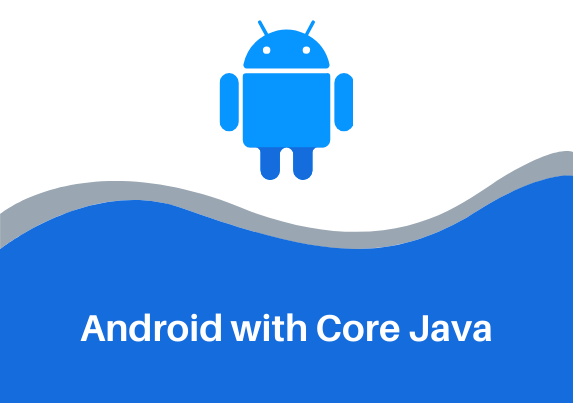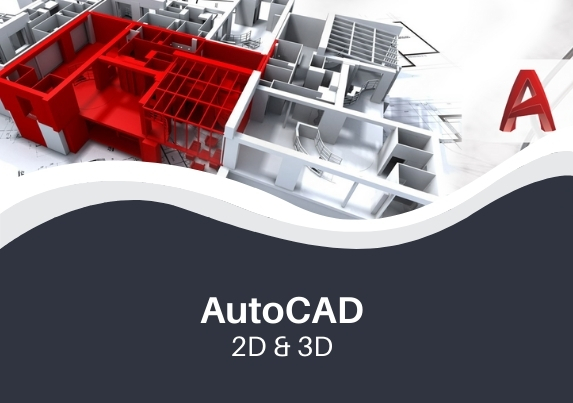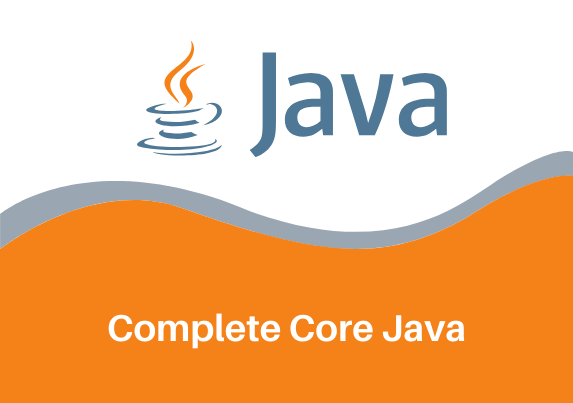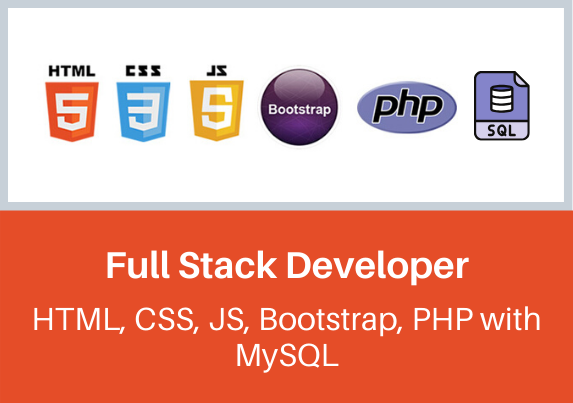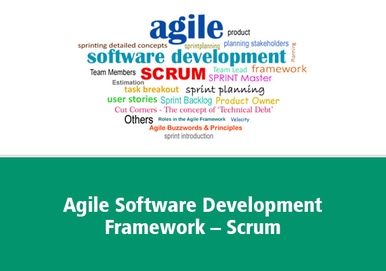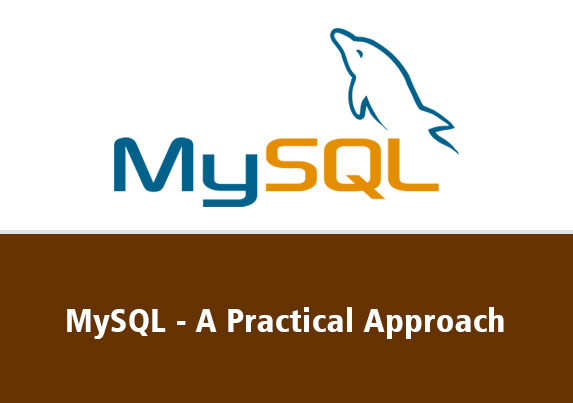
MySQL- A Practical Approach
Lessons
What is a Database
This chapter we will talk about what a database actually is. When people talk about a database, they mean many things. So we will define what a database really is. MySQL overview
Learning Objectives: This chapter we re going to focus on the features of MySQL. Using MySQL Queries
You can download the source code files by clicking on the button "Download Source" Datatypes in MySQL
This chapter we will talk about datatypes in MySQL. Any data that is added to the database table has to have a certain datatype. Designing Databases Using MySQL
This chapter covers the introduction to MySQL. MySQL is a very popular and robust relational database management system. This database is most widely used in big and small businesses. MySQL was developed by a Swedish company named MYSQL AB. Youll also learn about the concepts of database, a database is an organized collection of data and information which can be easily accessed and maintained. The chapter also covers the details of datatypes in MySQL. A datatype is defined as the type of data which a variable can hold. In MySQL, the datatypes can be numeric, strings, date and time, bit, Boolean and enumeration. Apart from this the chapter also attempts to cover the installation instructions of MySQL including XAMPP configuring and setting up of MySQL workbench, PHPMYADMIN, normalization and principles. Principles and Normalization
Creating Database
Installation
This chapter we will cover Setting up XAMPP, Introduction to phpmyadmin, Setting up MySQL Workbench. Setting up XAMPP
Introduction to phpmyadmin
SQL Queries
This chapter covers the details of SQL Joins. A SQL Join clause combines the columns from two or more tables in a relational database. This creates a set which can be used as a table or as it is. There are various types of joins in MySQL, such as Inner Join, Left Join, Right Join, Full Join, Self-Join etc. The chapter also includes the aggregate functions which are there in MySQL. Importing data in MySQL database
Show Use and Describe
Select Single Column
Select Multiple Column
DISTINCT and LIMIT
ORDER BY
WHERE and BETWEEN
AND and OR
IN, NOT IN and LIKE
AND (&&) and OR (||) again
Regular Expressions
String Functions
Aggregate Functions
GROUP BY
SUB Queries
JOINS
Full Text
INSERT INTO
UPDATE and DELETE
ALTER, RENAME and DROP
VIEWS
Concat and Count
Using the IN clause
Math and SubQueries
Using Group By
Database Structure
The chapter covers the details of the database structure which includes some important terms such as Applications, End user, Data Definition Language, DDL compiler, DML Compiler, Query Optimizer, Stored data manager, Data files, Compiled DML and Data Dictionary. Managing Users and Privileges
This chapter covers the details of how to create and manage users in MySQL database, understanding users and privileges. MySQL Performance Management
This Chapter we will learn about the performance related issues in MySQL. We will learn about monitoring the server and the system variables and viewing the logs. Then we will learn about performance tuning and denormalization. Backing up and Restoring Database
This chapter covers the details of creating a backup and restoring the data from the database with the help of SQL queries.

